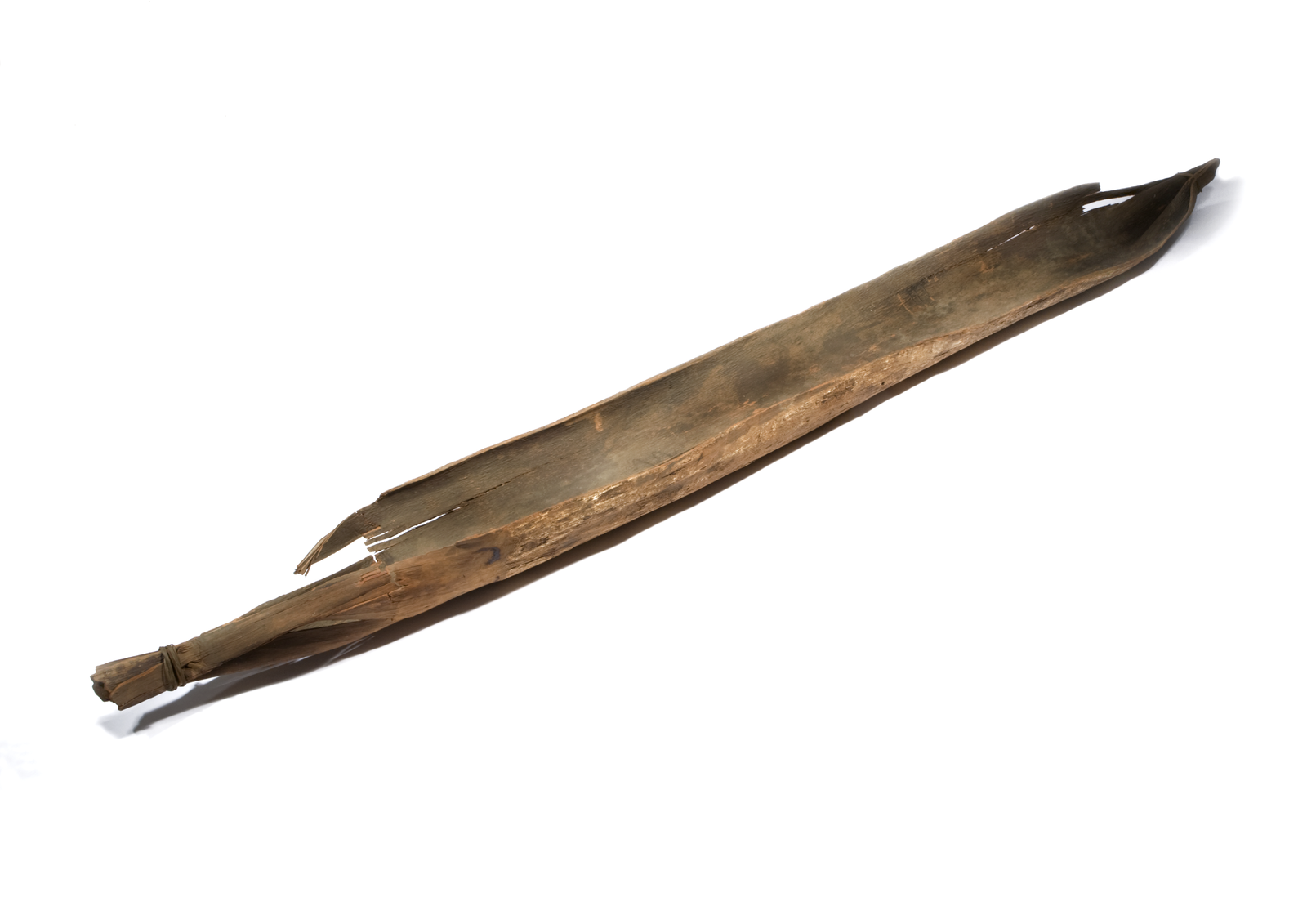Boat People # 1
30 May – right in the middle of National Reconciliation Week 2012 – Aboriginal bark canoes appeared on Sydney Harbour, with fire burning in them and clap sticks keeping rhythm. It was a moving and symbolic event.
It happened just a few days before the 20th anniversary of the Mabo ruling, recognising the land rights of the First Australians within our nation’s legal system. Bark canoes demonstrate Aboriginal presence on the water. On a good day, the diarists of the First Fleet would observe nearly 100 canoes on Sydney Harbour. Nawi – as they were called - disappeared in the first decades of the 19th century and Sydney waterways were fully claimed by watercrafts of western culture. Nawi lingered in obscurity, glimpsed only by historians and other enthusiasts.

© Australian Museum
In the last few years more indigenous and other Australians have taken an interest in recreating traditional watercrafts. These boat building projects resulted in an astonishing wealth of information and understanding of traditional craftwork and materials. The First Australians were not nomads but consummate craftsmen, with an intricate knowledge of the raw materials and their properties. But more importantly the boat building proved an enormous potential in community revival programs, engaging youth in traditional practices, improving health, schooling and the general wellbeing of indigenous communities.
‘Nawi - Exploring Australia’s Indigenous Watercraft Conference’ was held by the Australian National Maritime Museum in Sydney on 31 May and 1 June 2012, which opened with the launching of several bark canoes into Darling Harbour on the evening of 30 May.
The conference reviewed the current state of knowledge, including living traditions of boat culture in indigenous communities. It brought together Elders, community members and researchers from across Australia to share stories and knowledge on Indigenous craft and related cultural practices. It was a fully pragmatic and symbolic example of Reconciliation.

